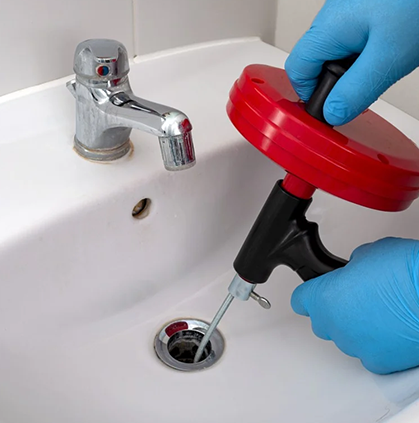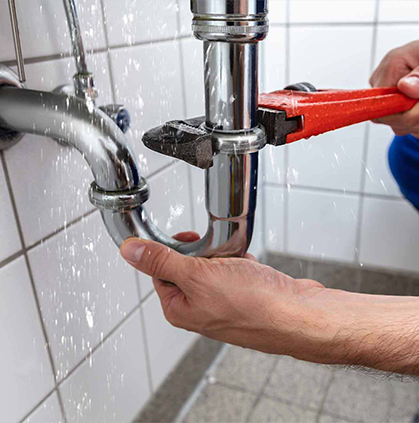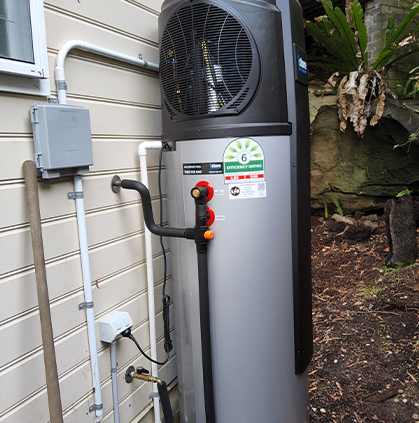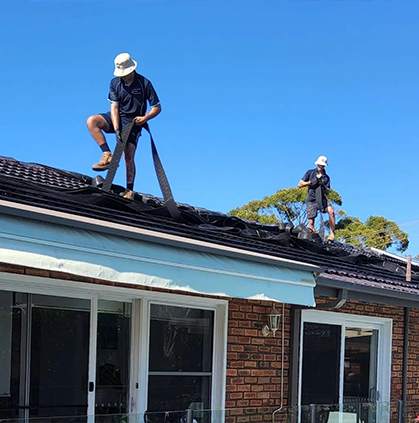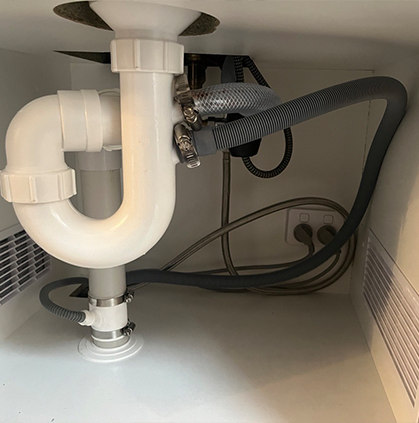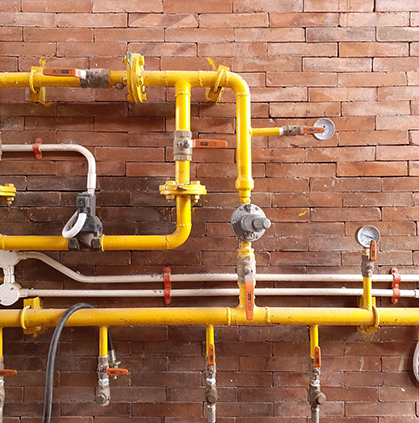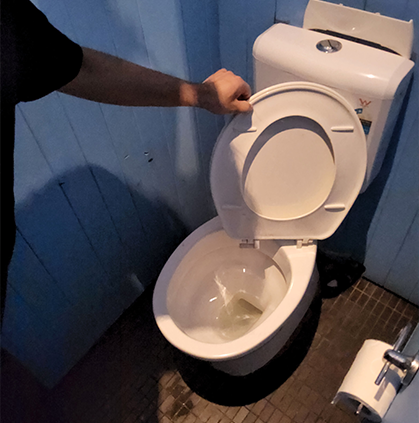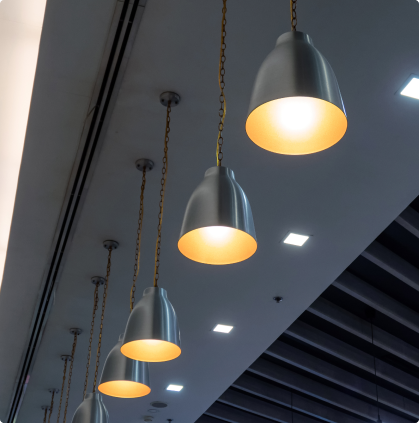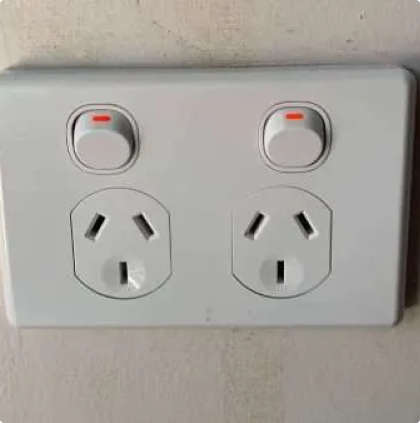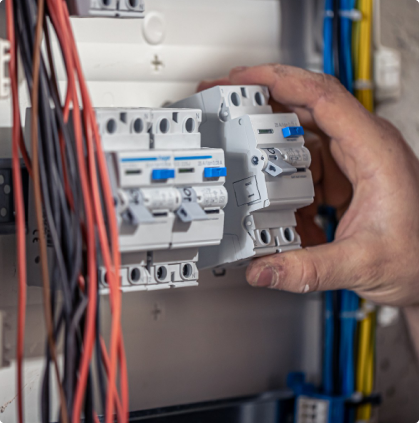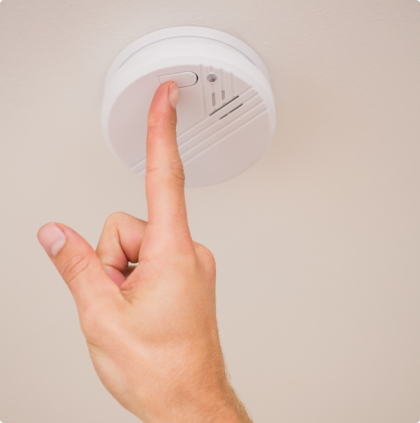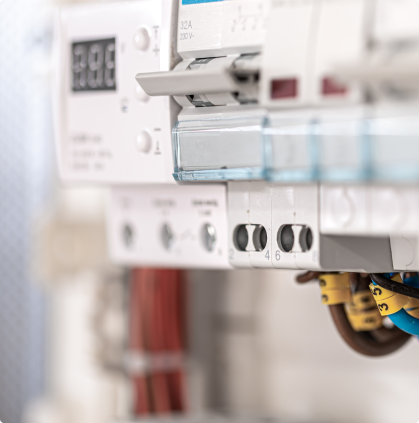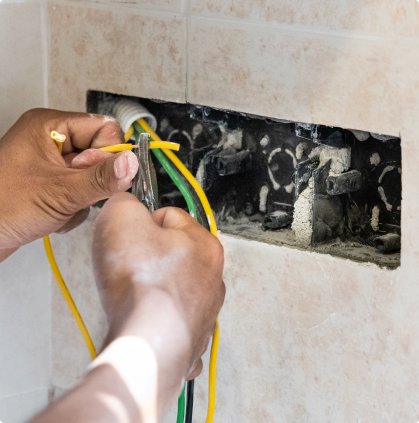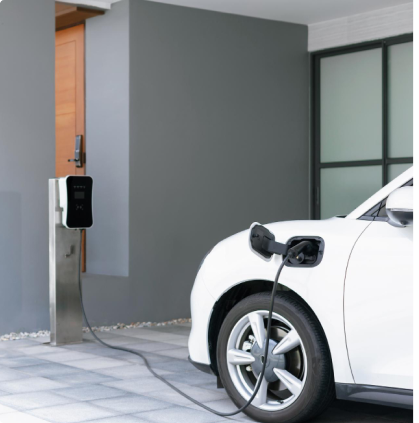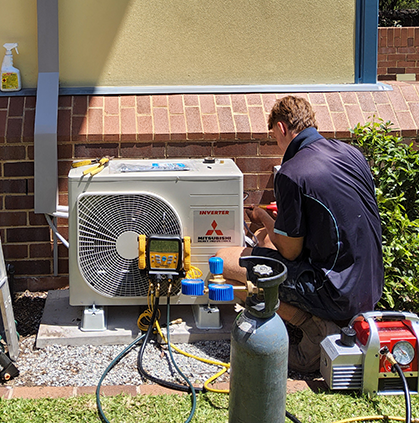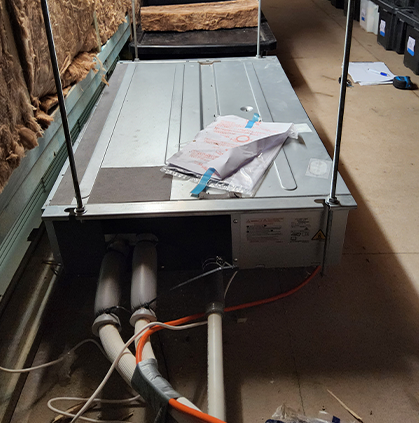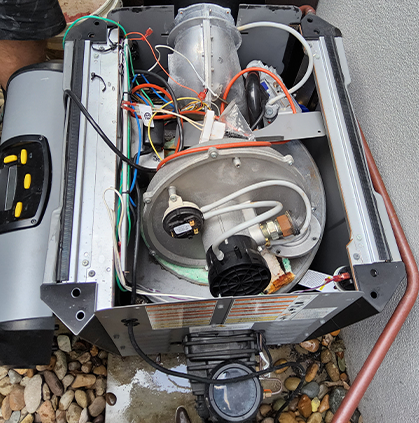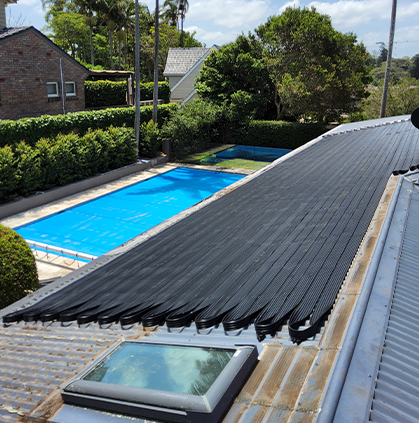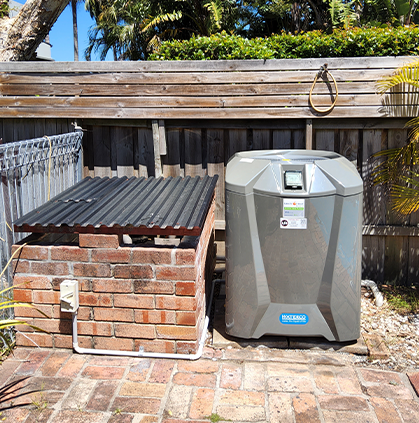Most people only think about their AC when it fails to work well. Unfortunately, many are unaware of their air conditioning unit parts.
A small issue like a clogged filter can cause poor performance. If ignored, it may worsen, leading to breakdowns, overheating, or costly repairs.
This post will break down the AC unit parts, like the compressor and refrigerant. So you know when to hit up air conditioning services when a problem arises.
Main Parts of Air Conditioners
These are the main parts of your air conditioning unit that you should know:
1. Compressor
The compressor is a key part of the air conditioning unit. It’s a heavy, rounded metal piece that pushes refrigerant through the system.
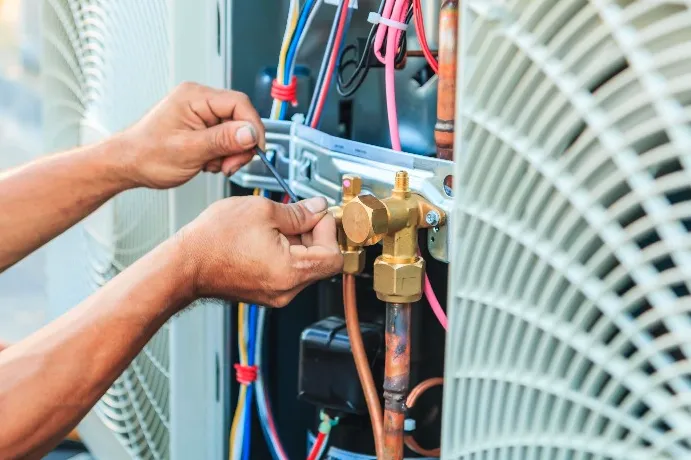
This is one of the outdoor AC unit parts. Painted in dark colours like grey, the compressor prevents rust and weather damage.
If the compressor isn’t working properly, you might hear rattling or humming, or it may overheat or turn off more often.
2. Condenser Coil
The condenser coil is a square-shaped component made of narrow copper or aluminium tubes with thin fins. It is also one of the most important AC unit parts.
Its main job is to move heat out of your home. If it can’t, the refrigerant remains hot, won’t turn into a liquid, and fails to cool your home.
If it’s dirty, it can block airflow and reduce heat transfer. If it’s bent, it may lead to refrigerant leaks.
3. Evaporator Coil
It’s another coil doing a different job for your HVAC system. It helps cool and remove extra moisture from indoor air by soaking up heat.
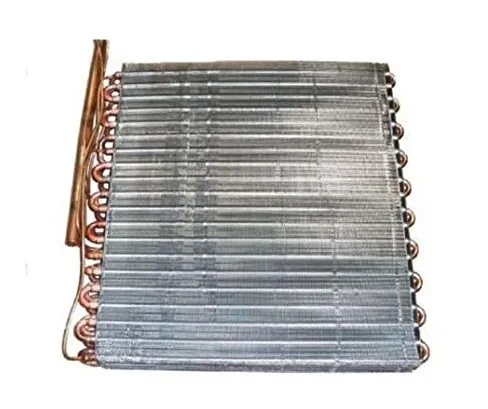
You’ll find the evaporator coil inside your indoor unit, right next to the blower fan. It’s a flat panel, sometimes bent into an “A” shape. This coil has a shiny surface when well maintained.
Signs that your evaporator coil might not be working well and should be cleaned? Weak cold air, or water leaking around the indoor unit.
4. Expansion Valve
The expansion valve is a small but important part of your air conditioning unit. About the size of a matchbox, it connects the high-pressure side of the system.
Its primary function is to regulate the flow of refrigerant into the evaporator, ensuring optimal cooling performance. Inside the valve, a needle or ball shifts with temperature and pressure changes.
5. Refrigerant
You’ve probably heard of this AC unit part before. Refrigerant is an invisible liquid that moves through copper tubes inside your AC. In Australia, we mainly use R-410A and R-32.
Refrigerant moves heat outside by absorbing warmth in the evaporator as a cold liquid. When it is compressed, it becomes a hot gas. The condenser then releases the heat and turns the gas back into a liquid.
Indoor Parts of Air Conditioners
So, what are the parts of an air conditioning unit inside your home?
1. PCB (Printed Circuit Board)
This component isn’t exclusive to your air conditioner. You’ll find the PCB in many modern devices, like your TV. Remember, not all AC unit parts are mechanical. Some are electrical.
Inside your indoor unit, the PCB is a flat, usually green board filled with circuits and wires. This one board controls everything. It takes the command from your thermostat and tells every other component what to do.
2. Thermostat
The thermostat is the AC unit part you use most, whether it’s a small wall-mounted box or a remote in your hand.
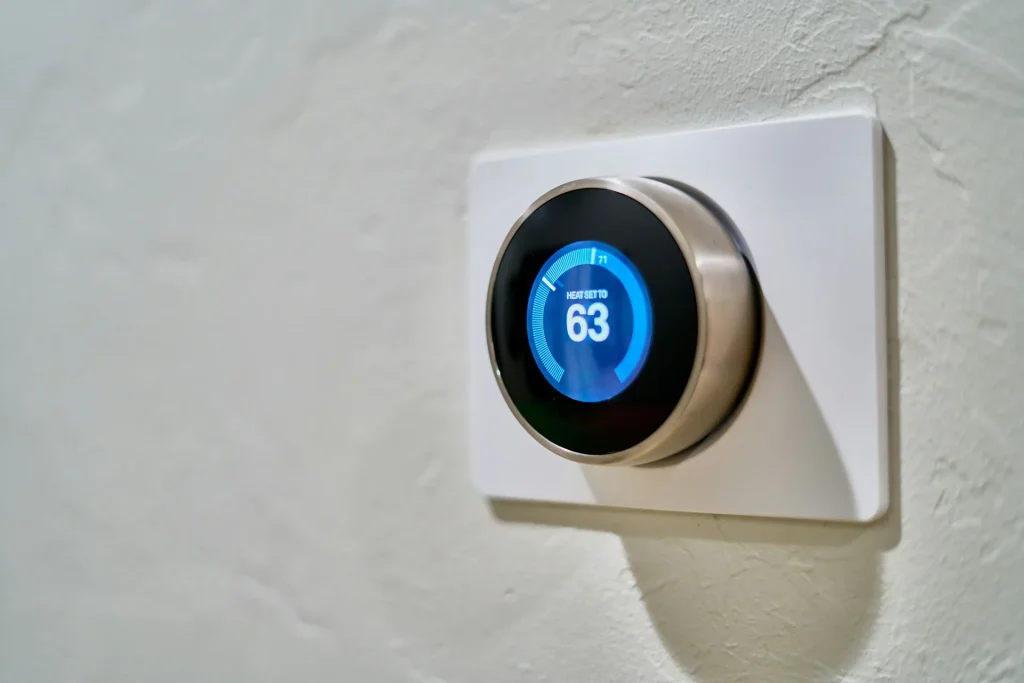
Inside, a tiny thermistor quietly measures the room’s temperature behind a vent. It constantly checks the air and sends this information to the PCB, which then turns the system on or off as needed.
3. Blower Motor
You will not see this air conditioning unit part because it’s located deep inside the indoor unit’s cabinet.
It’s a compact motor that turns the blower fan, which moves air through your air conditioning unit. Without it, the cold air would stay inside the unit and never reach your room.
4. Drain Pan
The drain pan is a small plastic tray beneath the evaporator coils. Though tiny, it plays a vital role in your HVAC system.
Its purpose is to catch water that forms when your AC removes moisture from the air. This water then flows out through a small drain line outside. If the drain pan fails, it can cause water to leak inside your home.
5. Air Filter
As the name says, this filter catches dust, pollen, and pet hair before they reach your unit. Keeping it clean helps your system run smoothly and keeps the air fresh.
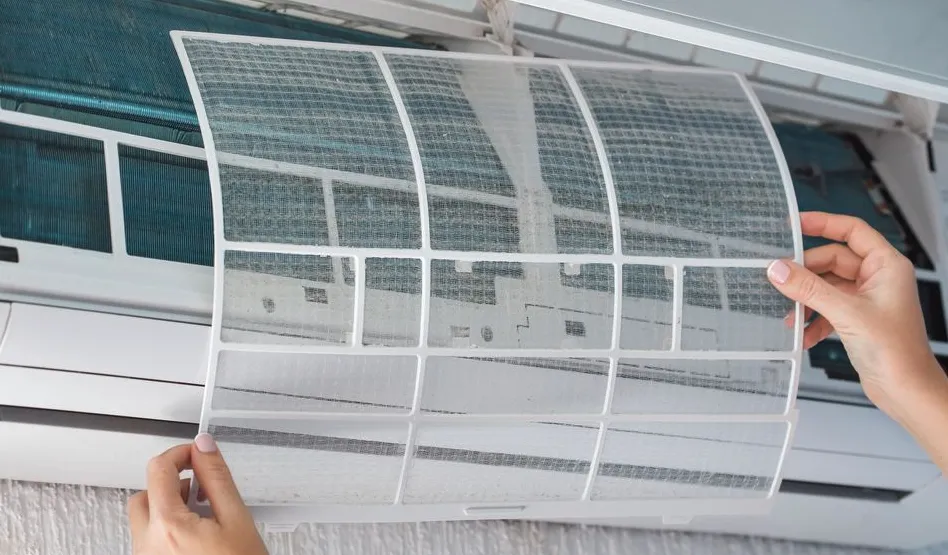
It’s the mesh screen inside the front panel of your indoor unit. You can easily slide or clip it out for cleaning. Remember, a clogged filter is the most common reason for cooling issues.
6. Ductwork
These air conditioning unit parts are unique to ducted systems. They’re a network of large, flexible tubes that run through your roof space or beneath your floor.
They’re a passive but important part of your air conditioner unit. They move the cool or warm air from the main unit to the vents in your rooms.
If you notice weak airflow in one or two rooms while others feel normal, it might mean a duct has become disconnected. If that happens, you’ll need ducted air conditioning repair.
7. Damper
These are also parts of an air conditioning unit in a ducted system. A damper is a simple metal plate located inside your ductwork that acts like a valve or a gate for the air.
It’s not visible from the outside, but it plays a crucial role in controlling your system’s airflow. You can open or close dampers, either by hand or automatically, to turn off air to rooms you don’t use.
So, if a room gets little or no air while others are fine, the damper for that zone is probably stuck closed.
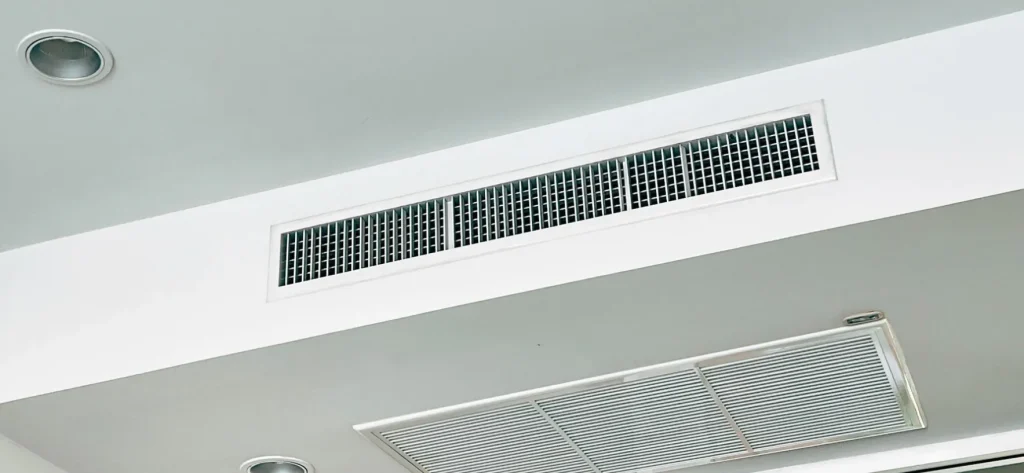
8. Louvers/Vents
The louvers are the adjustable horizontal flaps on your wall-mounted indoor unit that direct the cool air. On ducted systems, these are called vents, fixed grilles in your ceiling or wall.
Though small, these AC unit parts are important. They control where the air flows, helping the cool air spread evenly across the room.
If a louver breaks, it stays in one position and won’t move with the remote. It still cools, but it can cause hot or cold spots.
9. Cabinet
The last part of your AC unit is the cabinet. It’s the plastic shell you see on your wall. Inside, it holds everything else: the filter you clean and the circuit board that controls it all.
This part is mainly for protection and appearance. Its job is to keep the internal parts safe from dust and bumps. A problem with the cabinet won’t stop your unit from cooling, but you shouldn’t ignore it.
Also Read: Ductless Mini Split vs Central Air Conditioning Systems
Outdoor Parts of Air Conditioners
Now that you understand the air conditioning unit parts inside your home, let’s take a look at the outdoor components involved in your split systems installation
1. Condenser Fan
The condenser fan is the most noticeable part of your outdoor AC unit. It has large blades made of metal or tough plastic, visible through the grille on top or the side.
It pulls in outside air to cool the condenser coils. This airflow helps the coils release the heat they’ve absorbed from inside your home.
If the fan stops working, you might still hear the compressor humming, but the fan’s sound will be missing.
2. Capacitor
The capacitor is a metal cylinder inside your outdoor unit, usually near the compressor. It looks like a big battery or a small tin can.
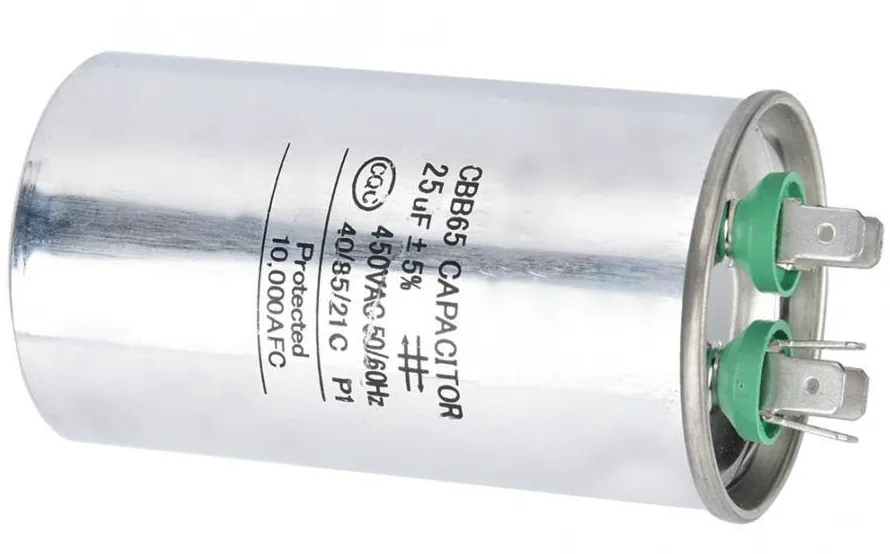
As you might guess, it gives a quick burst of electricity that starts the compressor and fan motors. Without this boost, these main parts of an air conditioning unit can’t get moving because they need extra energy to start.
And a clear sign of trouble with this AC unit part is if the capacitor looks swollen or bulges at the top.
3. Service Valves
You’ll find the service valves where the copper pipes connect to your outdoor unit. They are solid, brass-coloured valves with screw-on caps.
These AC unit parts are for maintenance only. They help technicians check refrigerant levels but aren’t part of the system you should operate in an emergency.
Problems are rare, but the most common issue is a slow leak from the valve. Over time, this leak reduces refrigerant levels and causes your air conditioner to stop blowing cold air.
4. Metal Casing
This AC unit part isn’t involved in how the AC system works. It’s a large metal box that makes up the entire outdoor unit. It has vents or a grille on the sides and top to cover the fan.
Even so, it doesn’t mean your AC unit doesn’t need protection. It works like a shield, keeping the important internal parts safe from bad weather.
Any damage leaves the vital internal AC unit parts exposed, which can lead to much more expensive electrical or mechanical failures.
5. Isolator Switch
Next to your outdoor unit, on the wall, there’s a small weatherproof box, usually grey plastic. Inside, you’ll see a large ON/OFF lever or rotary dial. That is the isolator switch.
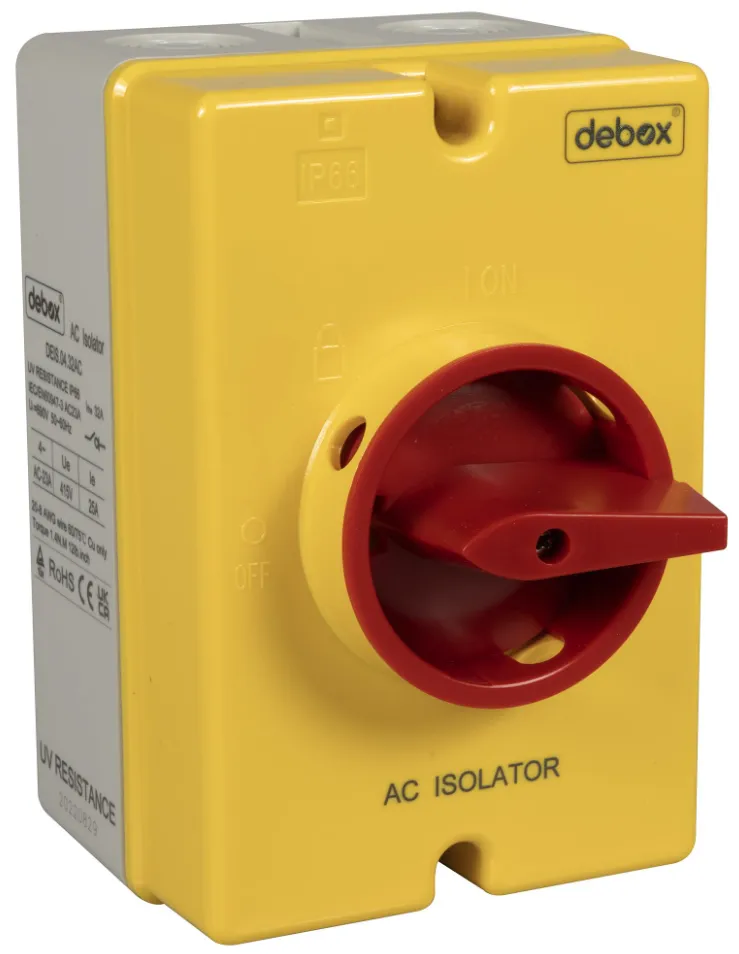
This switch is a safety device, not part of the cooling system. Its only job is to cut all power to your air conditioner before a technician works on it. For your safety, you should never need to touch this switch.
FAQ about Air Conditioning Unit Parts
Here are the most common questions people ask about their air conditioning unit parts:
What is the most common part to fail on an AC unit?
The capacitor is the most common failure in your AC unit, failing in about 25% of service calls. You’ll hear humming but no startup. It’s a quick fix, but ignoring it stresses other parts.
What is the most expensive part of an AC unit to replace?
The compressor is the most expensive to replace, often costing 1,500-3,000 in Australia, including labor. It’s the heart of cooling, so failure means no cold air. Regular maintenance prevents this.
Can I replace AC components myself?
For your safety, only replace the air filter yourself. Any other parts of the air conditioning unit, especially electrical parts like capacitors or anything involving refrigerant, should be handled by a licensed technician.
Conclusion
It’s always helpful to understand your air conditioning unit part, like the evaporator coil, filter and more. That way, if your AC has problems, you’ll have a better idea of what might be wrong.
No need to try fixing it yourself, though. Most of that AC unit parts are better left to a professional. But now you’ll know when it’s time to call in the experts for repairs or replacements.
We hope this helps! If you have any problems with your HVAC, just contact us at Lightning Bult.



